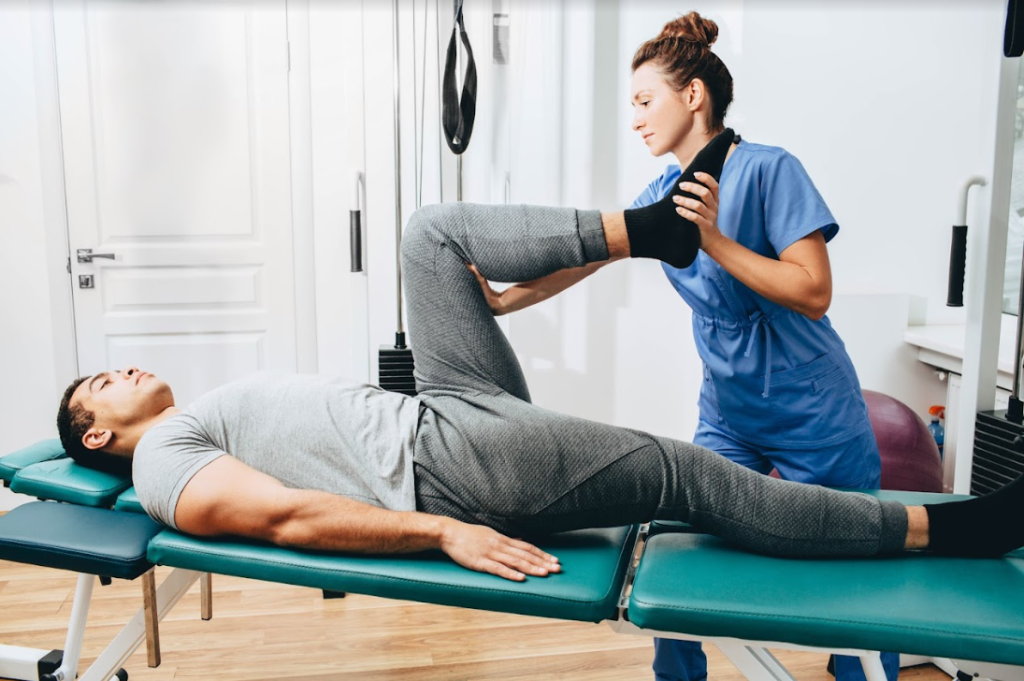
1.) Warm Up Properly
Even if you are in great shape, your muscles and tendons will likely be tight before your workout. So a proper warm-up loosens your body, allowing them to move more efficiently and easily.
2.) Consider Physical Therapy
If you are regularly injuring yourself, it might be a good idea to get some external physical therapy. Often there is a root cause behind injuries that you may not be aware of. Physical Therapy clinics focus on keeping individuals active while also addressing the root causes of their issues. Many injuries result from overuse. These injuries are typically caused by poor tissue capacity. After addressing pain, and returning individuals to activity, physical therapy clinics work with them to develop a long term plan to reduce the risk of these injuries returning.
3.) Focus on Your Form
Form is arguably the most important part of any exercise. If you’re not doing a movement the correct way, you’re most likely putting your body at risk of injury. Proper form will not only reduce the chance of injury, but it will also increase the potential gains you will get. If you are not doing an exercise correctly, you won’t be engaging the right muscles during it.
If you aren’t sure about your form, don’t be afraid to reach out to your coach during training to ask for help. Don’t be shy to seek advice!
4.) Be Active Outside the Gym
It’s always a good thing for your body to be comfortable in uncomfortable surroundings. So it’s good to enjoy activities outside of regular training. Activities like Pickleball, cycling, running, lawn bowls and swimming are several ways to enjoy fitness activity outside of the gym. It’s also a chance for our bodies to get used to movements we may not be doing in the gym, and utilize muscles we may be neglecting.
5.) Keep Hydrated and Eat Well
Your body is your temple. What you put into your body plays a huge role in your performance in the gym. Be sure to drink plenty of water to ensure you are well hydrated when training and also ensure your diet is decent. When you are low on sustenance, or you are depriving your body of the nutrients it needs, the chance of injury increases.
6.) Listen to Your Body
It’s not uncommon to be sore after training, But it’s important you know the difference between muscle soreness, and proper injury pain. If you are feeling sharp and very uncomfortable pain, it’s best you get it looked at before you make the injury worse. Listen to your body and try to do what you can to not put it under too much stress or risk of injury.
Being sore is a natural part of working out. It’s a sign that you’ve had a good workout. However, do not let it get to the point where you are in pain. Soreness is normal and goes away after a couple of days. However, if you feel pain for more than two days, something may be wrong.







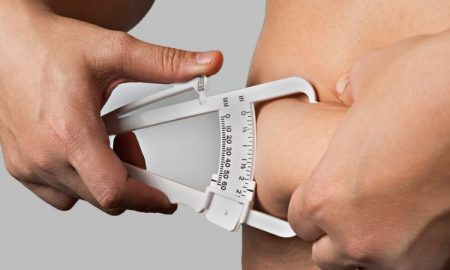

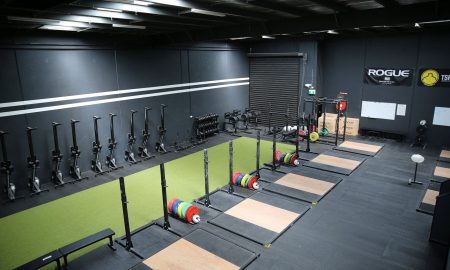



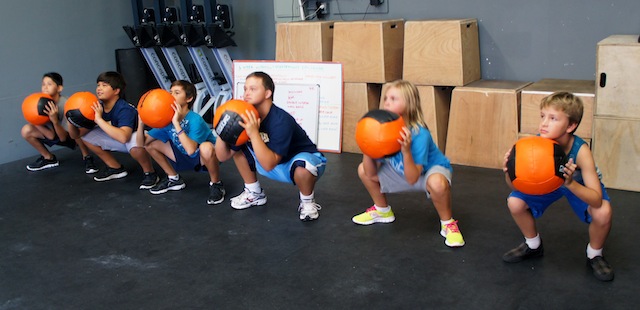
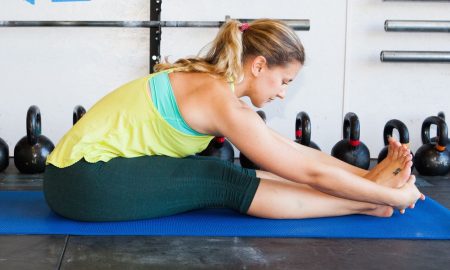
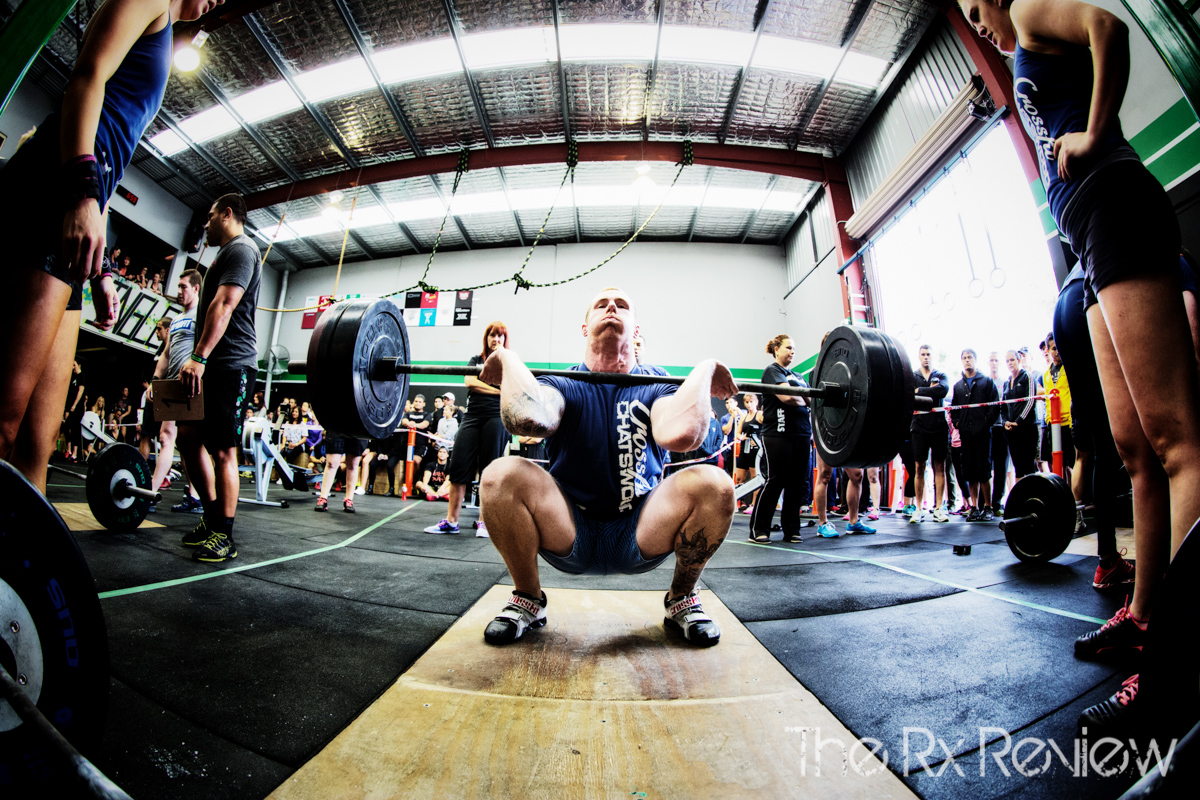


Follow Us